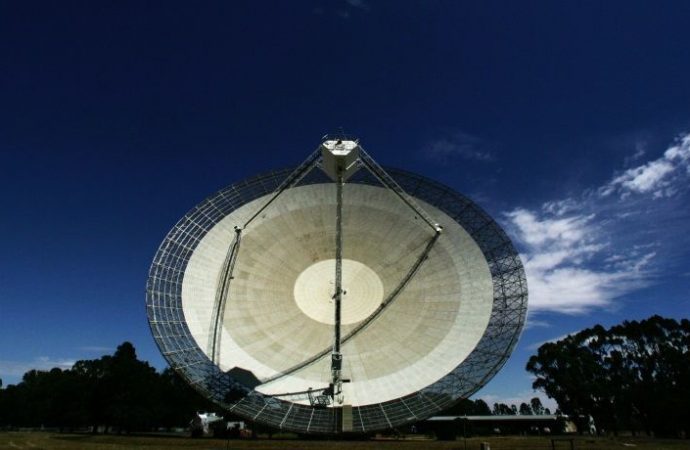Breakthrough Listen, a SETI research project at UC Berkeley, is using artificial intelligence to identify and locate the source of fast radio bursts.
Fast radio bursts are enigmatic radio signals from space that are difficult to detect and source. According to Phys.org, Breakthrough Listen, one of several Breakthrough-themed science research initiatives in cooperation with the SETI (Search for Extraterrestrial Intelligence) Institute, has successfully used artificial intelligence to increase the identification rate for recurring fast radio bursts from a deep space source known as FRB121102.
FRB121102 was discovered in 2012, and because it sends out recurring fast radio bursts, it has been a prime focus in trying to understand them. Most fast radio burst signals are one-time events, so the fact that FRB121102 sends them out repeatedly indicates that there is something different about this source that we don’t understand yet. Prior to applying the AI techniques, bursts had been detected from FRB121102 about 200 times. Twenty-one of those bursts came during a one-hour period on August 26, 2017, which was part of a larger five-hour recording session that produced 400 terabytes of data.
Breakthrough Listen researchers used that same five-hour sample as a control to determine the effectiveness of the new listening algorithm. They used a standard convolutional neural network for their AI, the same kind that internet search providers use to process images, and trained it to recognize the 21 bursts previously identified in the August 26 data. Then they tasked it with scanning the entire five hours of data collected in that session, and the software detected an additional 72 bursts in the same data.
The new algorithm was very helpful in determining that source FRB121102 does not send out bursts at regular intervals (or at least not intervals longer than about 10 ms). Researchers were not able to determine that before because they couldn’t identify enough hits in a short enough amount of time to determine whether there was a pattern, but with enough positive results in the sample data, they were able to make that determination. They were able to determine from prior data that FRB121102 sends out signals sporadically, since 21 of the signals were found in a one-hour period, according to researcher Vishal Gajjar, the person who originally analyzed the data. The new analysis, by lead researcher and PhD student Gerry Zhang, supports that claim.
Radio signals are thought to be the primary way we can determine whether there is intelligent life in other parts of the universe, hence the cooperation with the SETI Institute. Past study of the phenomenon in relation to pulsars has helped researchers create computer models of the hostile environments in which pulsars exist, and now that they can identify more signals coming from FRB121102, they can work on trying to determine exactly what it is and why it’s emitting radio bursts.


































Leave a Comment
You must be logged in to post a comment.